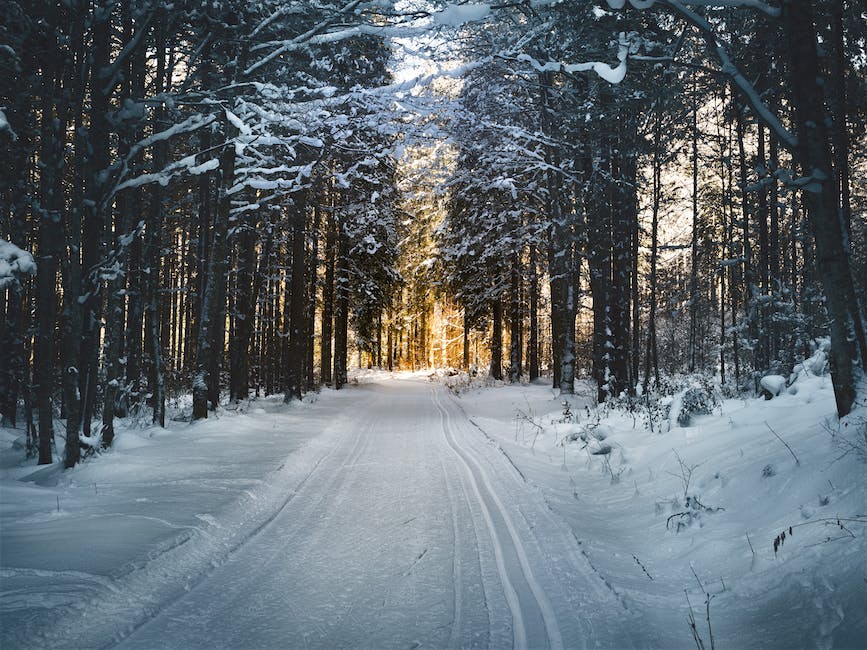Can You Eat Snow? Unveiling the Cold, Hard Facts
As winter blankets the earth in its icy embrace, the world transforms into a wonderland of sparkling white. Children and adults alike gaze out at the snowy landscape, often pondering a question as old as time itself: Can you eat snow? While this may seem like a simple inquiry, the answer is layered with complexity. In this comprehensive guide, we’ll delve into the frosty depths of this topic, uncovering the truths and myths about consuming snow. Prepare to chill your curiosity as we explore the safety, nutritional value, and hidden dangers of eating snow.
Is Eating Snow Safe?
The Purity of Snow: A Closer Look
When snowflakes dance their way to the ground, they may appear as pristine symbols of purity. However, the safety of eating snow is not as clear-cut as its unblemished facade suggests. Snow is a form of precipitation that can capture pollutants from the atmosphere as it falls. This means that while freshly fallen snow in rural areas might be relatively clean, it’s a different story in urban environments.
Factors Affecting Snow Safety:
- Location: Snow in remote areas is generally cleaner than that in cities.
- Time: Freshly fallen snow is safer than snow that has been on the ground for a while.
- Surroundings: Snow near roads or industries may contain harmful substances.
The Hidden Dangers in Snow
Eating snow might seem harmless, but it can harbor invisible threats. From bacteria to environmental contaminants, what you can’t see in the snow can indeed hurt you.
Potential Risks:
- Chemical Contaminants: Acid rain and industrial pollution can taint snow.
- Microorganisms: Snow can contain bacteria and viruses.
- Physical Impurities: Dirt and debris can be present in snow.
Nutritional Value of Snow: Is There Any Benefit?
The Caloric Content of Snow
At first glance, snow seems like the ultimate zero-calorie snack. But is there more to this frozen precipitation when it comes to nutrition?
The Reality of Snow’s Nutritional Profile:
- Water Content: Snow is primarily water, with no significant nutritional value.
- Minerals: Trace minerals may be present, but not in beneficial amounts.
The Hydration Question: Can Snow Quench Your Thirst?
While snow is made of water, relying on it for hydration, especially in survival situations, is not advisable. Eating large amounts of snow can lower your body temperature, potentially leading to hypothermia.
Considerations for Using Snow as a Water Source:
- Energy Expenditure: Melting snow in your mouth requires body heat.
- Efficiency: Boiling or melting snow is a more effective way to hydrate.
How to Safely Enjoy Snow: Tips and Tricks
The Best Practices for Eating Snow
If you’re determined to taste the winter wonderland, there are ways to minimize the risks associated with eating snow.
Guidelines for Safer Snow Consumption:
- Choose Wisely: Opt for fresh snow away from potential pollutants.
- Avoid Discolored Snow: Never eat snow that isn’t white.
- Moderation is Key: Treat snow as a novelty, not a food source.
Creative Ways to Enjoy Snow
Snow doesn’t have to be off-limits for fun. There are safe and enjoyable ways to incorporate it into winter activities.
Ideas for Snow-Based Treats:
- Snow Cones: Use clean snow and add flavored syrup.
- Snow Ice Cream: Combine snow with sweetened condensed milk and vanilla.
Conclusion: The Frosty Verdict on Eating Snow
In the end, while eating small amounts of fresh, clean snow is generally harmless, it’s important to approach this frosty temptation with caution. The potential risks, lack of nutritional value, and concerns about hydration mean that snow should be enjoyed with care. Remember to consider the quality and cleanliness of the snow, and when in doubt, admire its beauty rather than taste it. Whether you choose to indulge in a snowy snack or not, always prioritize safety in your winter adventures.


